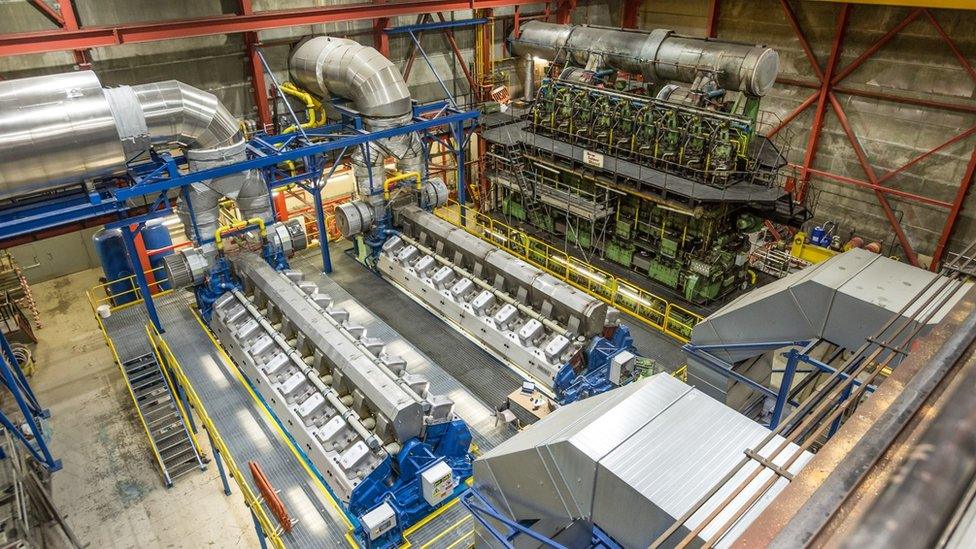Undersea cable and renewables in Guernsey electricity plan
- Published
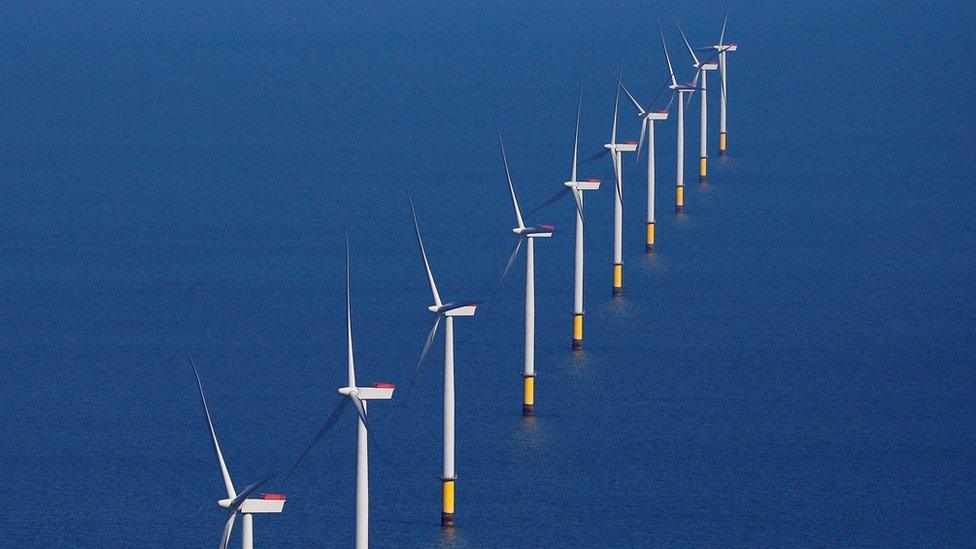
An alternative proposal would see the island pursue solar but not wind power generation
Guernsey's environment committee has recommended the States looks at building an undersea electricity cable to France.
It has also recommended the island invests in wind energy and increase the amount of solar generation.
Environment and Infrastructure (E&I) Committee President Deputy Lindsay De Sausmarez said consumers were unlikely to see lower bills in the short term.
Running the Electricity Strategy up to 2050 is estimated at £1.7bn.
This is expected to be made up from a mix of public and private money.
Mrs De Sausmarez said "I think for the short to medium term we do need to brace ourselves for the fact that electricity is likely to be more expensive for a while before it comes down in future.
"Our plan gives us the most resilience and security of supply with the greatest flexibility and basically achieves all the objectives in the most cost effective way."
Currently 93% of the island's power comes from an undersea cable that runs via Jersey, from France.
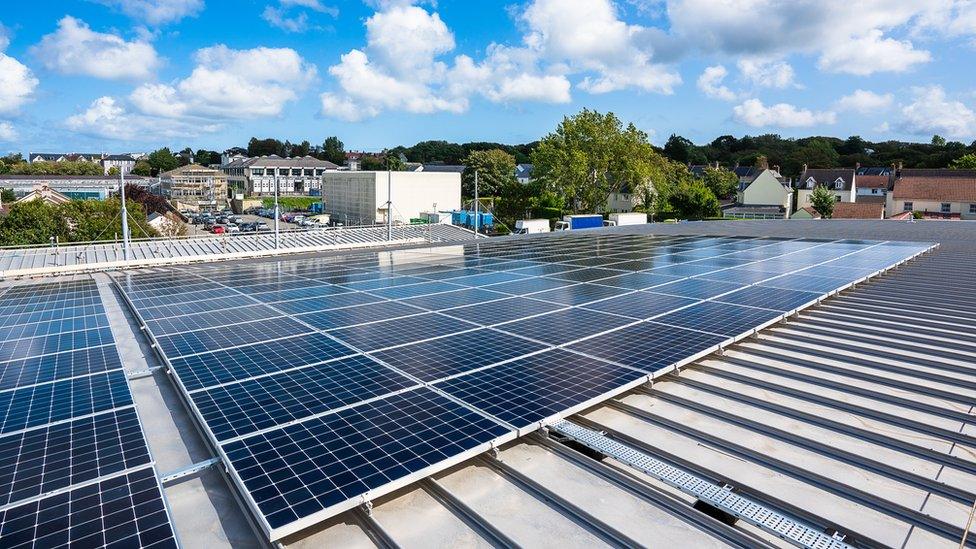
More than 600 solar panels on the roof of Guernsey Post's HQ can provide more power than is needed to power its fleet of electric vans
Guernsey can only get 60MW through that cable and when the island needs more, the diesel generators at the power station in the Vale are used.
The rest of the local supply, according to the States, "is predominantly diesel power generation and a modest level of approximately 350kW of distributed solar photovoltaic".
As well as the new cable E&I has recommended the States investigates generating 65MW of electricity from wind power and 10MW from solar generation.
Mrs De Sausmarez said "If the States doesn't provide strategic direction, or support pathway D then the default option is that Guernsey Electricity will have to assume we are following the status quo and the unfortunate thing about that scenario is that it is the most costly to consumers in the long-term."
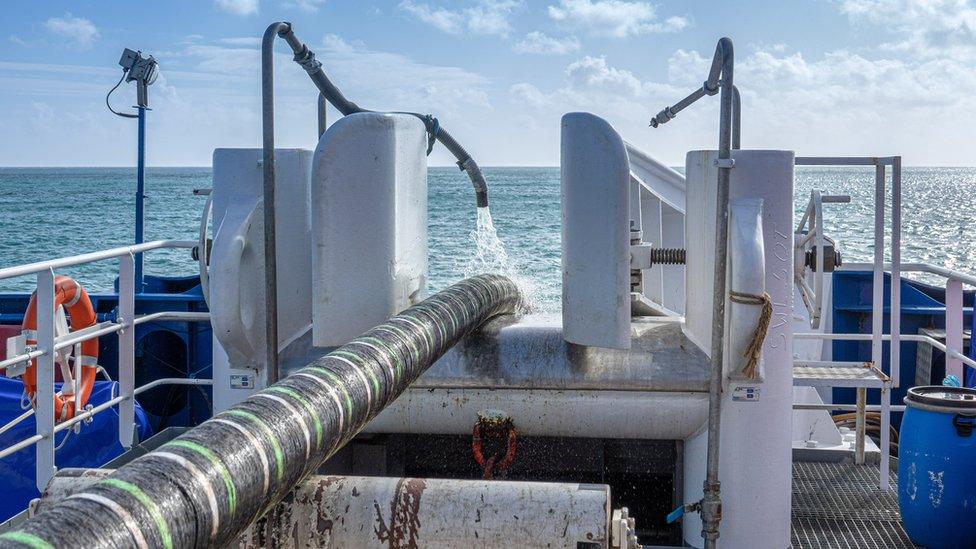
The current cable runs to France via Jersey and the committee has recommended a second direct to France link

Deputy Lindsay De Sausmarez said not adopting a new way forward was the most costly option for consumers
The States has been presented with six different options for meeting Guernsey's power needs until 2050.
Pathway A is described as the most expensive at about £1.9bn and includes maintaining the current cable to France, via Jersey and improving the diesel generators at Guernsey Electricity's power station.
Pathway B is for greater energy independence and involves generating electricity on-island through solar and wind power.
Pathway C is described as renewables first, which involves keeping the current cable link with France through Jersey and increasing the amount of generation produced locally from renewable energy sources like solar and wind.
Pathway D is E&I's preferred route, building a cable direct to France, alongside investigating generation from wind and solar power.
Pathway E is to build the new cable to France, alongside increased solar generation but without wind power.
Pathway F is to invest in innovative technologies alongside proven commercially viable technologies like solar and wind to grow the economy through sale of renewably generated electricity.

Analysis from John Fernandez BBC Guernsey Political Reporter
Don't expect your bills to go down in the short-term, instead expect them to go up - that's the message from the person leading this new strategy.
It's going to be a difficult message to sell during a cost of living crisis, something E&I is acutely aware of, especially with estimated costs to the public purse of £1.7bn up to 2050.
In a time where the message from the purse holders is relentlessly focussed on fiscal restraint, the difficultly in selling this policy to political colleagues will be demonstrating the additional costs of not making a decision.
This is a high level strategic policy though, not committing the States to huge amounts of spending immediately and instead opening the door to private investment, new jobs and new industries - things the States as a whole is normally very welcoming of.
But there's no doubt, despite the message being that the money doesn't have to come from the States, that some politicians will automatically be put off by the price tag.

Follow BBC Guernsey on Twitter, external and Facebook, external. Send your story ideas to channel.islands@bbc.co.uk, external.
Related topics
- Published2 June 2023
- Published26 May 2023
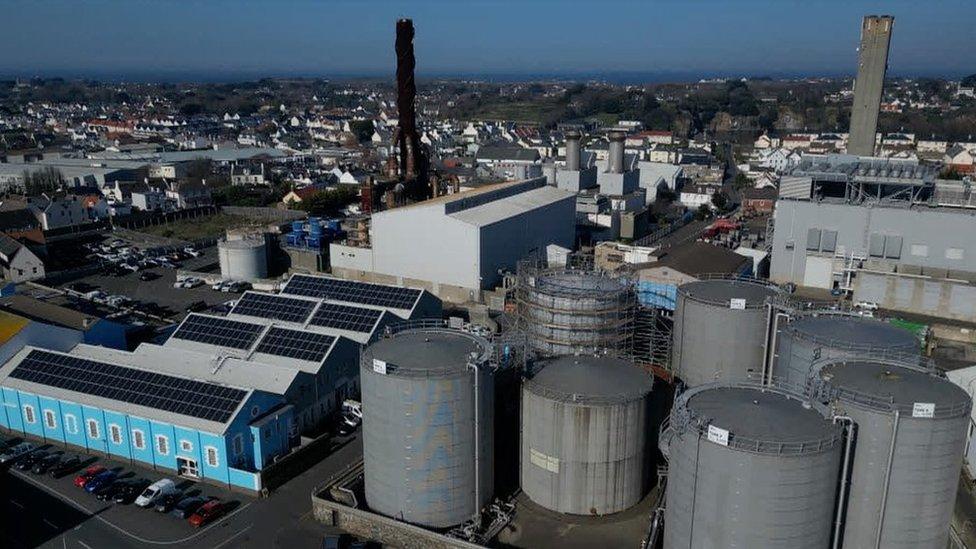
- Published3 May 2023
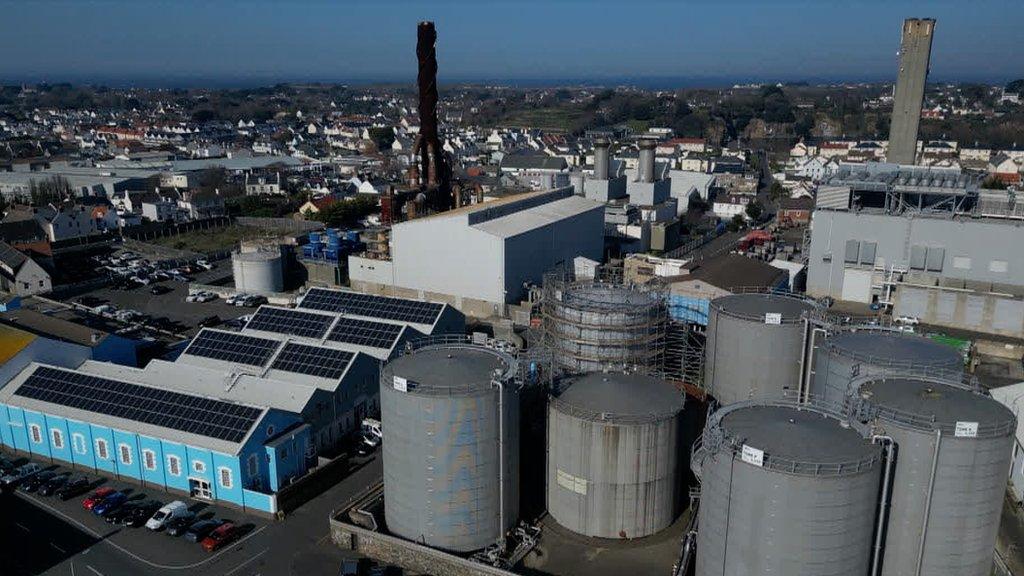
- Published22 February 2023
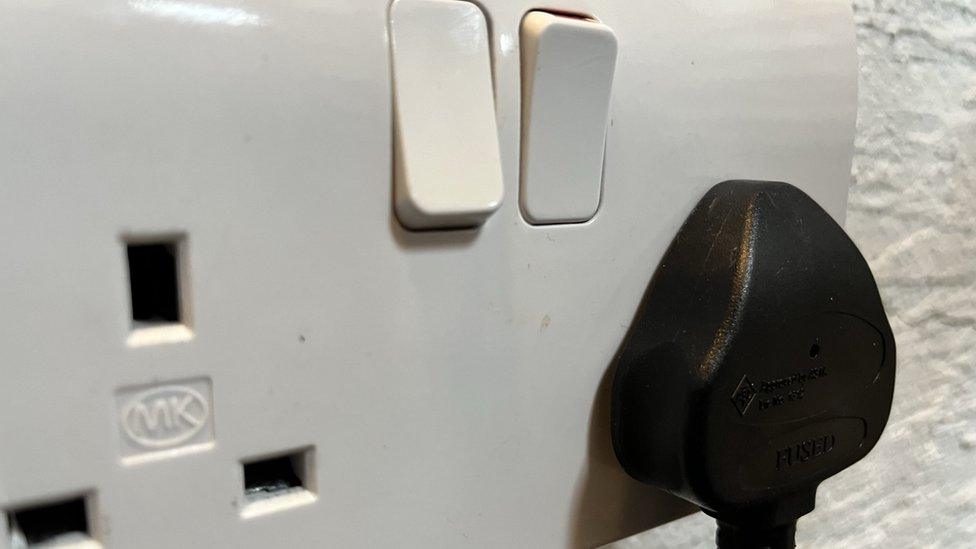
- Published30 November 2022
